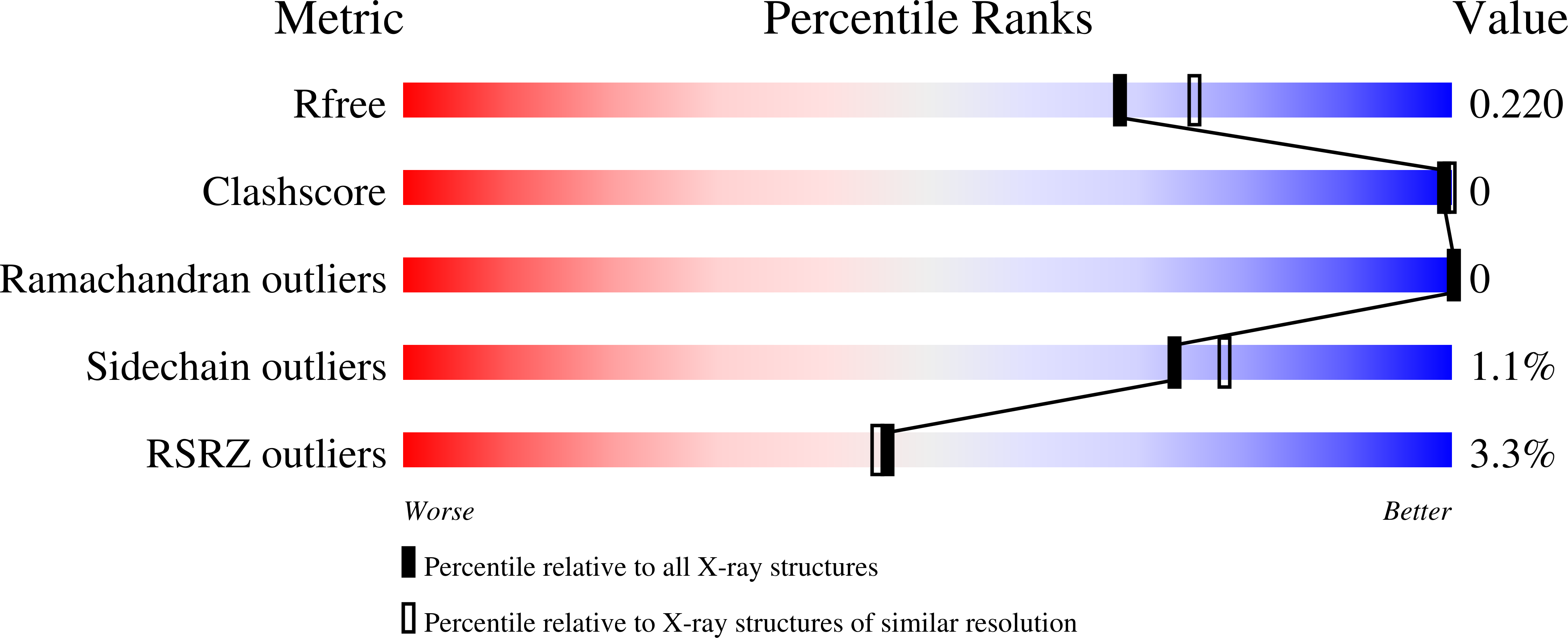
Deposition Date
2021-09-08
Release Date
2021-09-15
Last Version Date
2023-10-18
Entry Detail
PDB ID:
7S3S
Keywords:
Title:
Room temperature X-ray structure of SARS-CoV-2 main protease in complex with compound Z1530724813
Biological Source:
Source Organism:
Host Organism:
Method Details:
Experimental Method:
Resolution:
2.00 Å
R-Value Free:
0.22
R-Value Work:
0.18
R-Value Observed:
0.18
Space Group:
C 1 2 1


